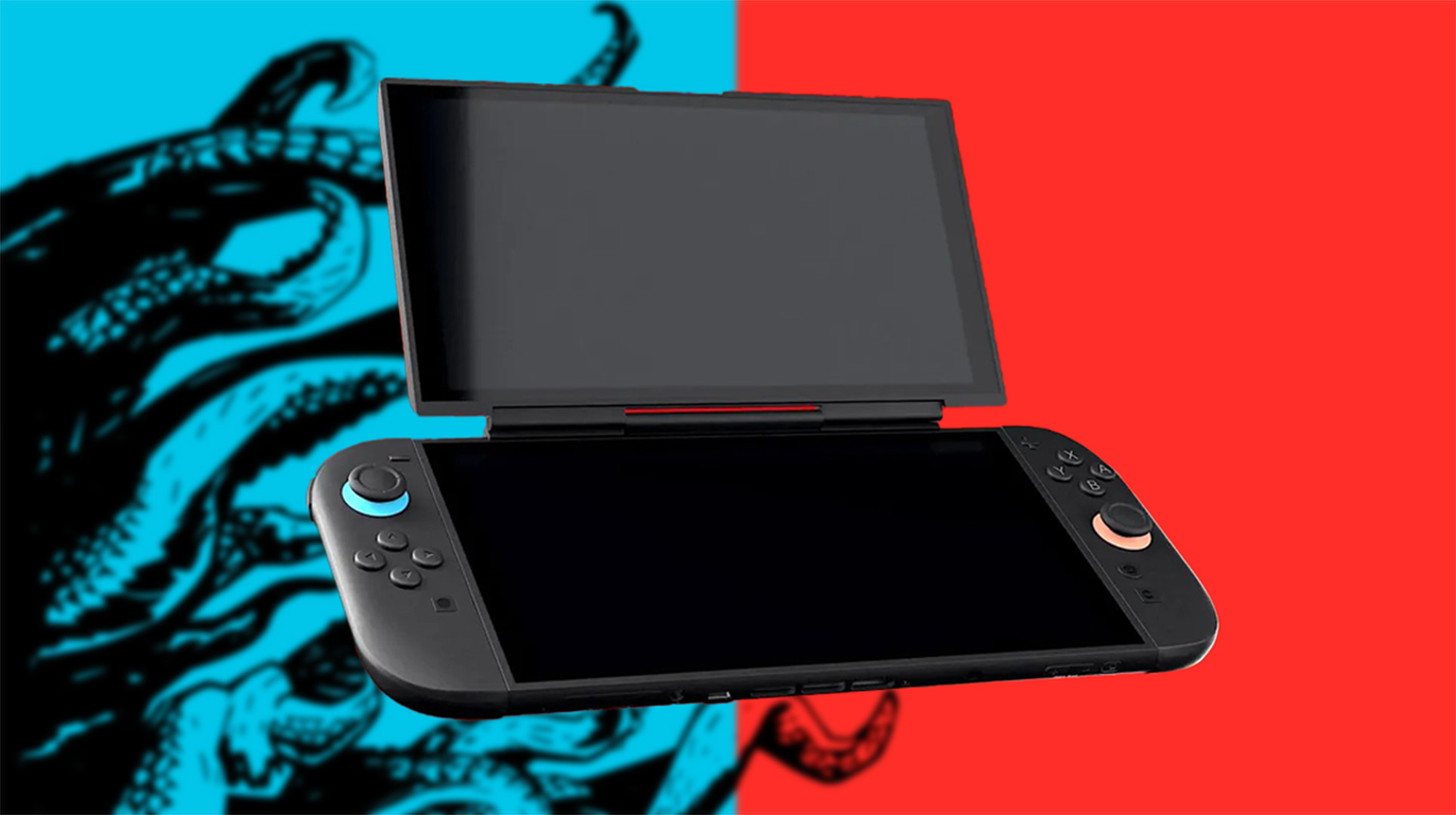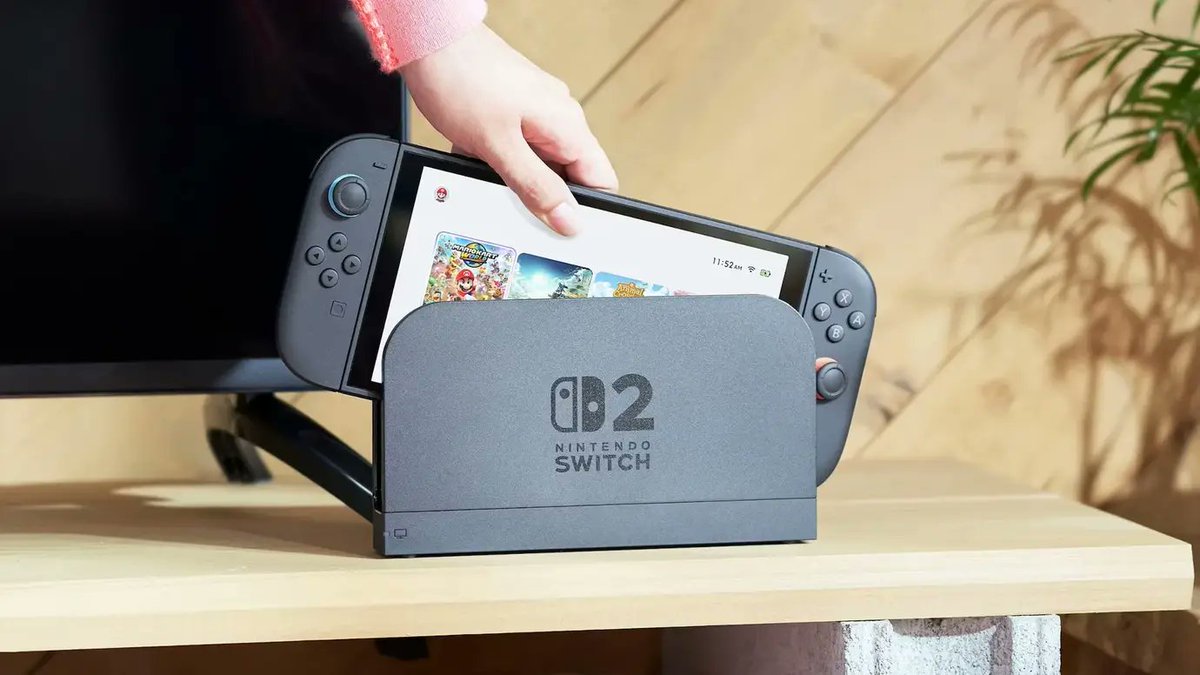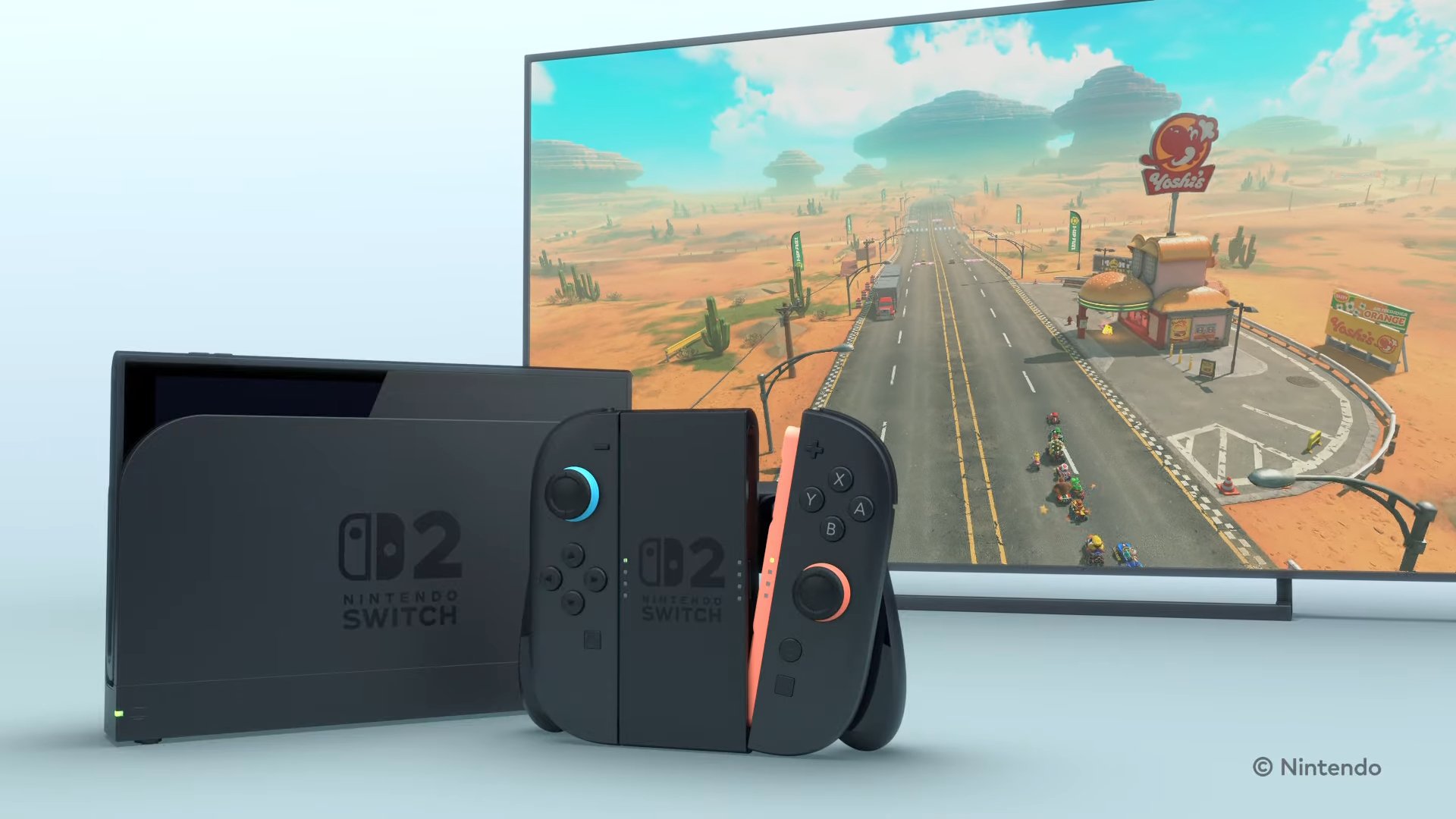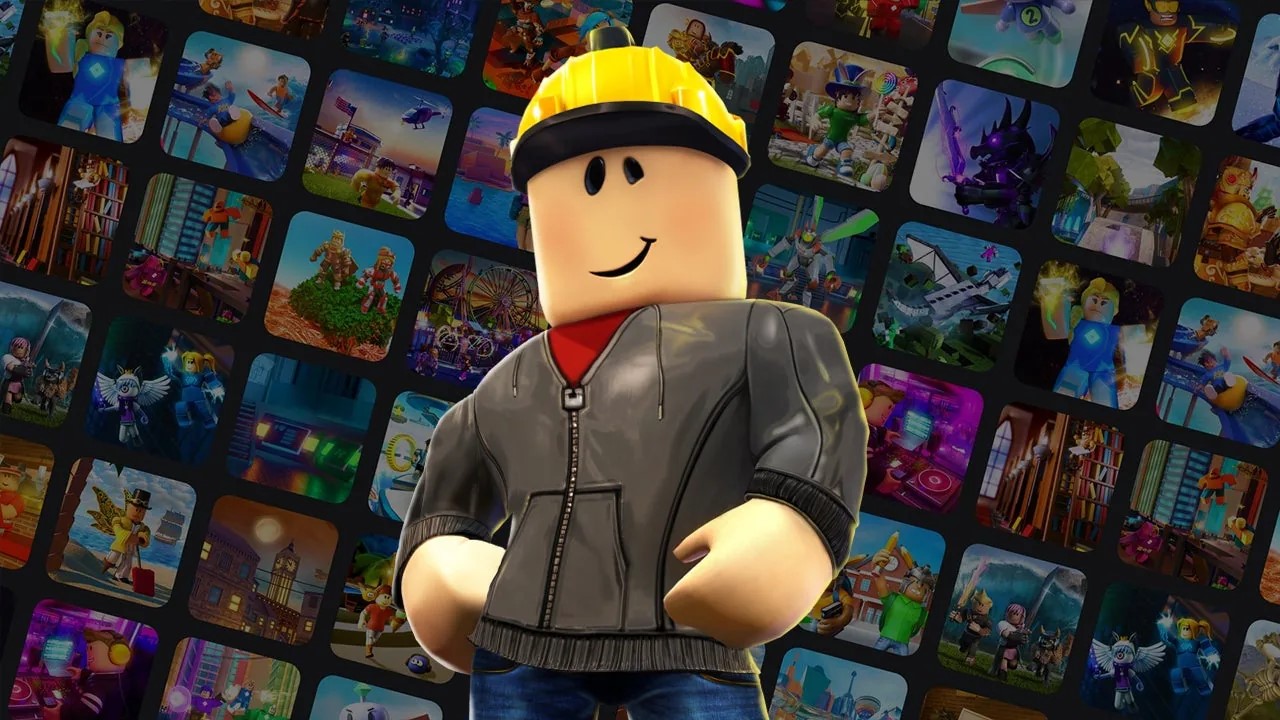Nintendo has a history of defying industrial norms. While competitors such as Sony and Microsoft are locked in a never-ending race for power using the latest hardware and yearly iterations, Nintendo makes its footing on charm. Nintendo has mastered the art of creating lasting impressions on players through creativity and uniqueness, increasing its long-term value.
The reveal of the Switch 2 raises a question: Is Nintendo future-proofing the Switch 2 for a 10-year cycle? Based on the information we have gathered from rumors, patents, and industry trends, it seems as if they might be doing so.
Learning from the Original Switch’s Success
Launched in 2017, the original Switch defied the lifespan of traditional consoles. Instead of chasing after photorealistic graphics or huge processing power, it offered versatility. It delivered a hybrid device that allowed for seamless transitions between handheld and docked play.
The gamble paid off, and the console sold over 132 million units worldwide, allowing it to enjoy a lifespan that outlasted typical consoles. The success of the original Switch taught Nintendo that platform lifespan isn’t about specs but rather comprises design, adaptability, and ecosystem strength.

Backward Compatibility: A Foundation for Longevity
One of the strongest indicators for long-term planning is support for existing Switch games. Reports suggest that the Switch 2 will be fully backward compatible. This will ensure that the existing library of hits, such as Breath of the Wild, Mario Kart 8 Deluxe, and Animal Crossing: New Horizons, remain playable. This move not only respects player investment but also ensures that existing communities do not fracture.
NVIDIA Partnership and DLSS Support
There have been rumors of an upgraded Nvidia chip with DLSS, suggesting that Nintendo is looking beyond just raw power. Nvidia DLSS enables games to render at a low resolution and scale up through AI. This will deliver better performance without the need for hefty hardware. This forward-looking optimization could keep the Switch 2 competitive for years to come.

A Strong Hybrid Identity
Unlike its competitors, who anchor themselves in high-end home consoles, Nintendo is expected to double down on its hybrid identity. With the Switch 2, Nintendo has the opportunity to expand its core philosophy with improved battery life, a better display, enhanced syncing capabilities, and more.
The hardware versatility will position the Switch 2 as not just a gaming device but as the optimal choice for gaming on the go. Additionally, the Switch has established itself as the ultimate indie gaming console. It just has to keep that going to stay immune to age.
Challenges to a Decade-Long Cycle
Committing to a 10-year cycle won’t come without any challenges. The rapid advancements in gaming technology, rising expectations for performance, and consumer demand for enhanced experiences may prompt Nintendo to upgrade sooner.

Nintendo’s History of Long Lifecycles
Looking back, Nintendo has a track record of maintaining long product lifecycles. The Game Boy lasted over 10 years before being fully replaced. The DS and 3DS line spanned over a decade with multiple iterations.
Even the Wii, which lagged graphically, made its footing through creative software and peripheral support. The Switch 2 is aiming to keep this trend going. Rumored features, such as a new dock and internal storage of 512 GB, are likely to enhance the device’s future-proofing capabilities. Additionally, with a price of $499, fans are expecting a lot from the new console.

Thank you! Please share your positive feedback. 🔋
How could we improve this post? Please Help us. 😔
Moiz Banoori, with a decade of experience in gaming and tech journalism and a degree in journalism, is a notable figure in the industry. He has contributed to various esteemed platforms, showcasing his expertise in both reporting and opinion writing.


 Threads
Threads

